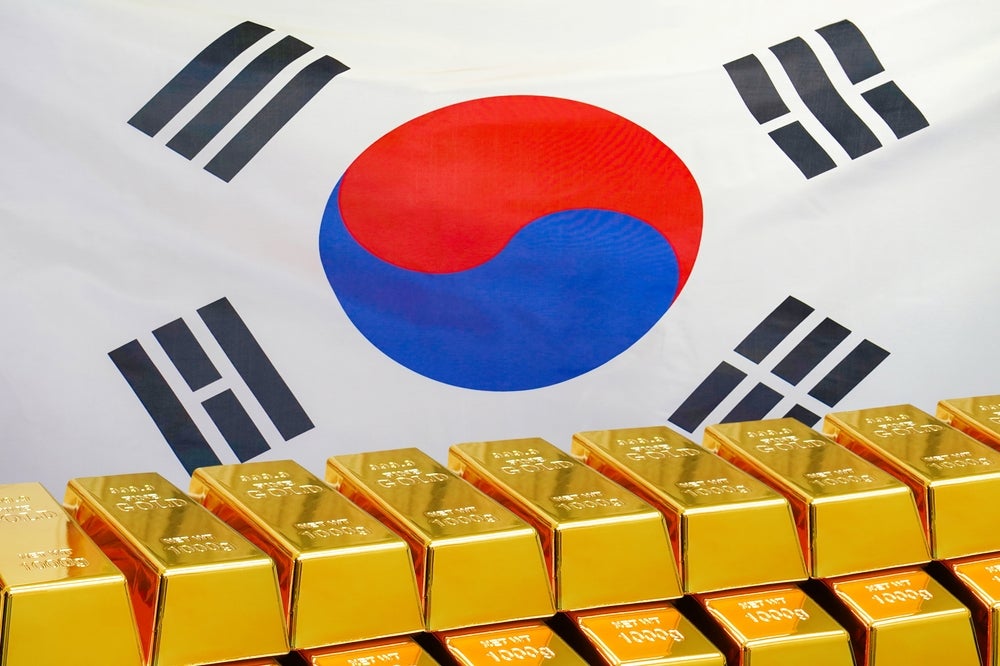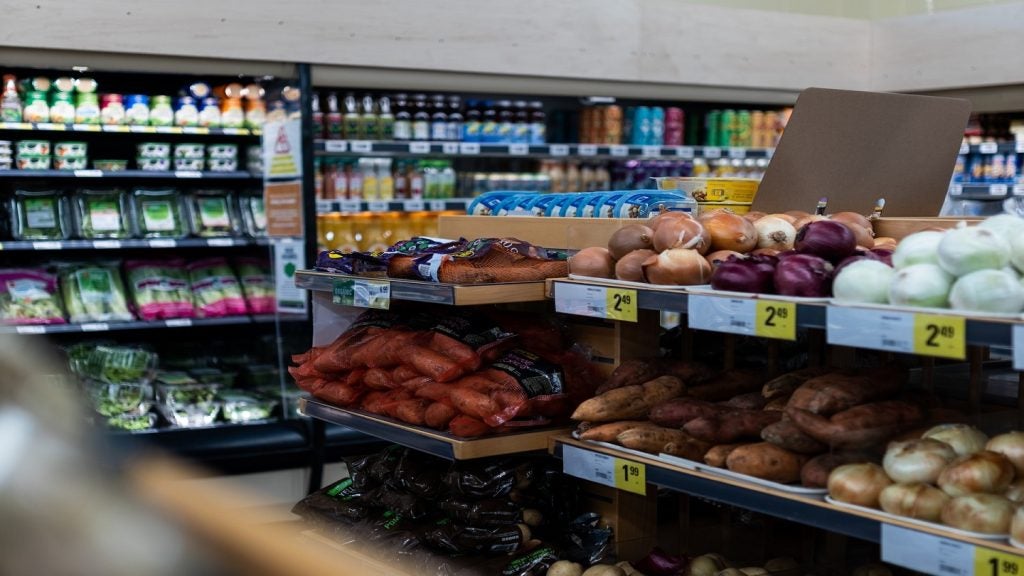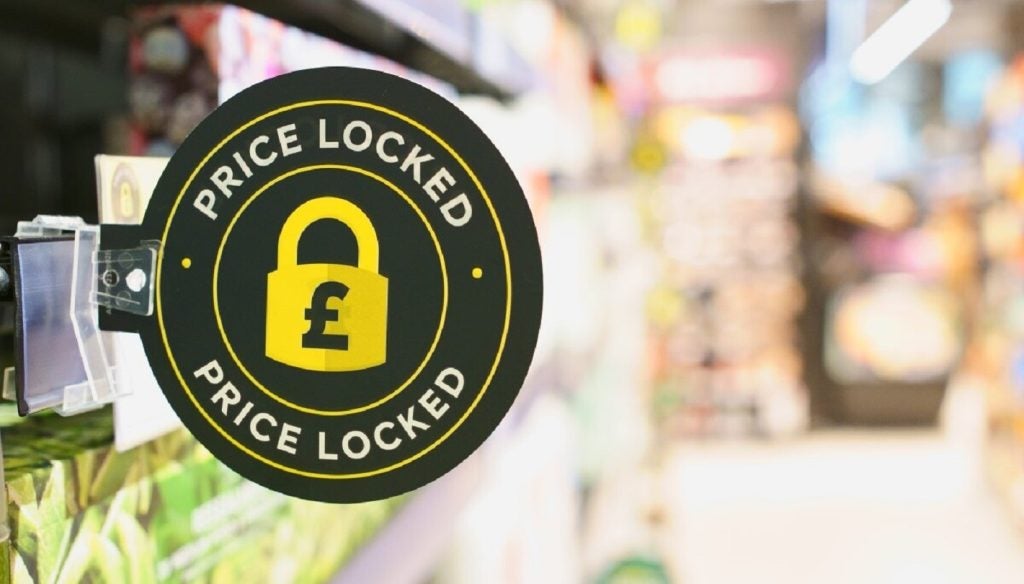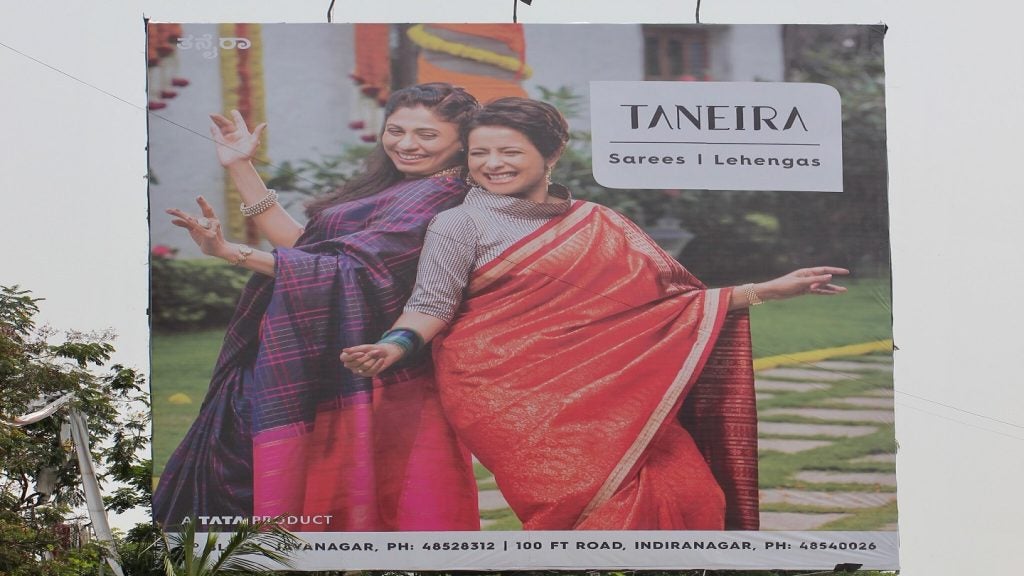South Koreans are flocking to convenience stores to buy gold bars from vending machines, with sales experiencing a significant surge, according to local media reports.
The ease and accessibility of purchasing gold bars from these machines, coupled with concerns about value appreciation and inflation, have driven the growing interest in this unconventional investment option.
Expanding availability of gold vending machines
The company operating the convenience stores, GS Retail, revealed that over the course of nine months ending in May, approximately $19m worth of gold bar sales were recorded.
Initially introduced in five stores in September, the gold dispensing vending machines have expanded to 29 locations, with plans to reach 50 stores by the year's end. Notably, GS Retail oversees a vast network of more than 10,000 convenience stores across South Korea.
Wide range of options and popular choices
The vending machines offer buyers a selection of five weight options for gold bars, ranging from 0.13 to 1.3 ounces.
Among these choices, the smallest gold bar, priced at $225, has emerged as the most popular. Daily updates on gold prices are based on the international gold market.
Main buyers and reasons for purchase
The primary demographic driving the surge in gold bar sales appears to be people in their 20s and 30s who view physical gold as an investment vehicle, particularly during times of increasing value.
With concerns about inflationary pressures and the recent banking turmoil in the US, more individuals in Korea are turning to gold as a means of safeguarding their assets.
While some experts view the convenience store gold bars as a fun purchase rather than a serious investment, their widespread accessibility and convenience seem to be key factors behind their popularity.
South Korea's approach contrasted with the central bank's cautious stance
While gold bars have gained significant popularity among the general public, the Bank of Korea (BOK) has adopted a more cautious approach to gold purchases, favouring the liquidity of the US dollar.
The BOK expressed concerns about the direction of gold prices, citing the potential peaking of gold values and the challenges associated with selling for liquidity purposes.
In a June report, the BOK emphasised the necessity of a cautious stance when considering an increase in the ratio of gold in foreign exchange reserves. The central bank currently holds 104.4 tons of gold in its reserves, representing approximately 1.14% of its total reserves.
Past gold purchases and the BOK's perspective
South Korea's central bank faced criticism in the early 2010s after purchasing 90 tons of gold when prices peaked at more than $1,920 an ounce. Following years of lower prices, gold only surpassed those levels again in 2020.
At present, spot gold is trading at $1,963.20 an ounce. BOK Governor Rhee Chang-yong stated during a National Assembly session earlier this year that the bank has refrained from increasing its gold holdings since 2014 due to the prolonged low price of gold.
Governor Rhee emphasised the preference for assets that yield interest rates over volatile gold holdings, considering the recent uptick in gold prices.
















